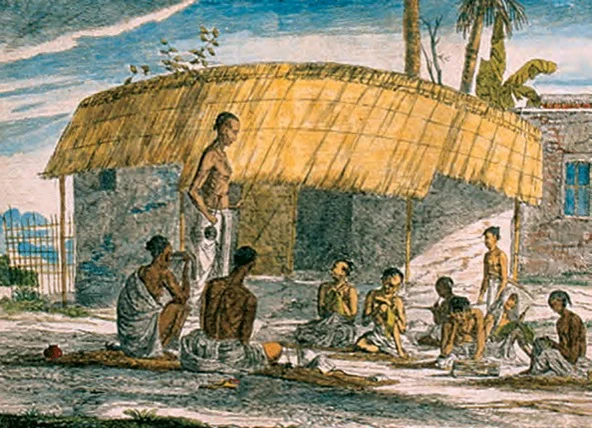![]() 26 Jun 2024
26 Jun 2024
In British India, education emerged as a response to colonial economic interests. Initially limited, it gradually expanded to meet the needs of British administration and emerging commercial enterprises. Despite varied opinions, commerce education left a lasting impact, shaping India’s economic landscape during colonial rule.
Wood’s Despatch: In 1854, Charles Wood, the President of the Board of Control sent an educational despatch to India.

Overview of Vernacular Education: William Adam, a Scottish missionary, toured the districts of Bengal and Bihar to report on the progress of education in vernacular schools.

Focus on Higher Education: Up to the mid-nineteenth century, the Company was concerned primarily with higher education.
| Sri Aurobindo Ghose
|
| Must Read | |
| Current Affairs | Editorial Analysis |
| Upsc Notes | Upsc Blogs |
| NCERT Notes | Free Main Answer Writing |
The development of education in British India, driven by colonial economic interests, led to the establishment of universities and an emphasis on European learning. While Wood’s Despatch reformed higher education, the rigid British education system ultimately marginalized local vernacular schools and restricted access for the poor and peasant families.
<div class="new-fform">
</div>